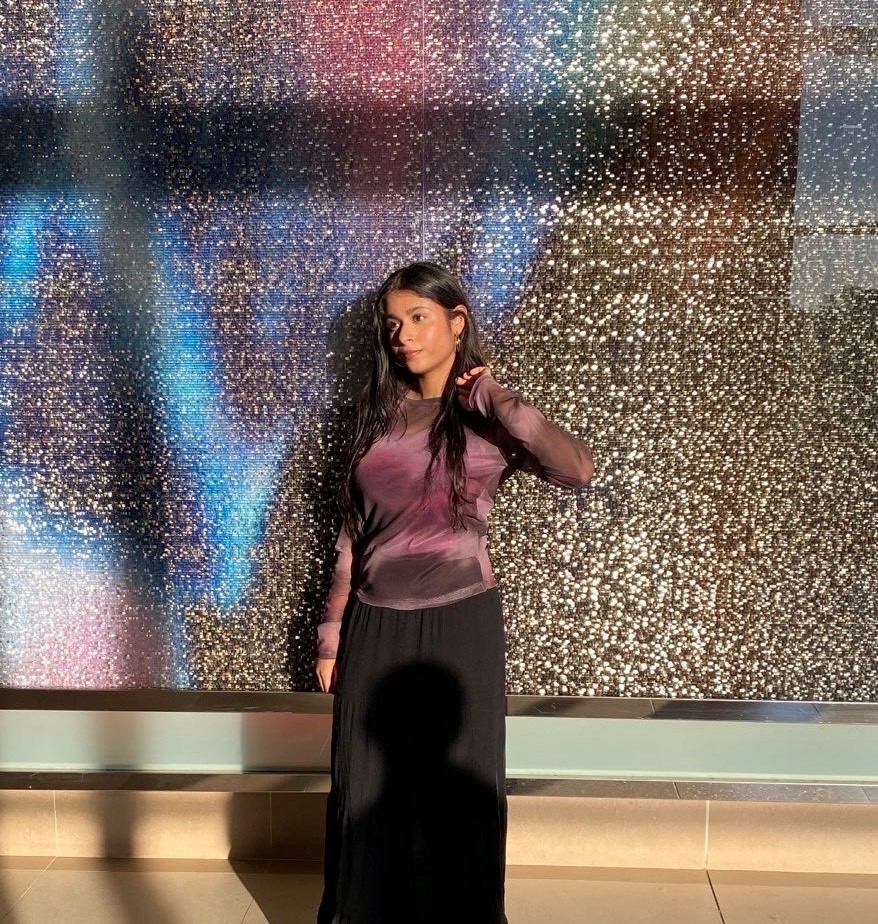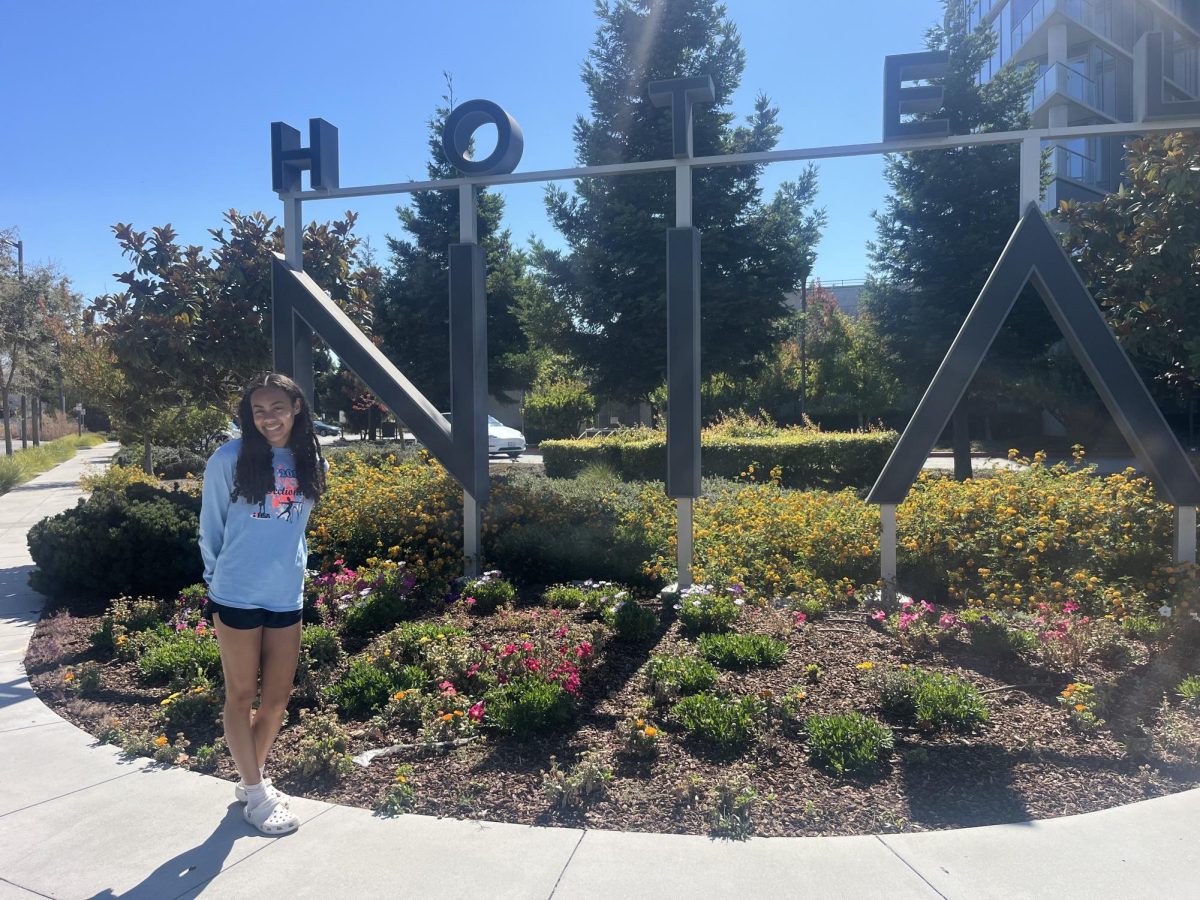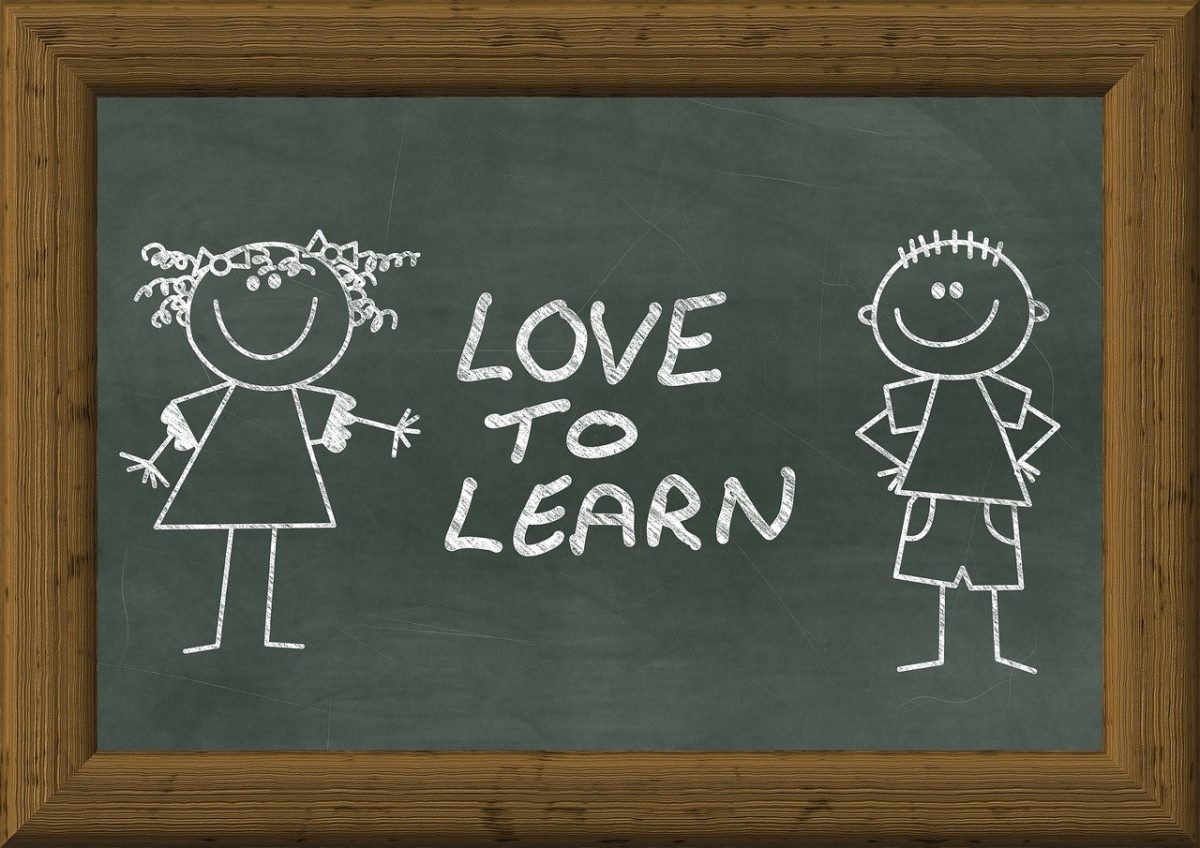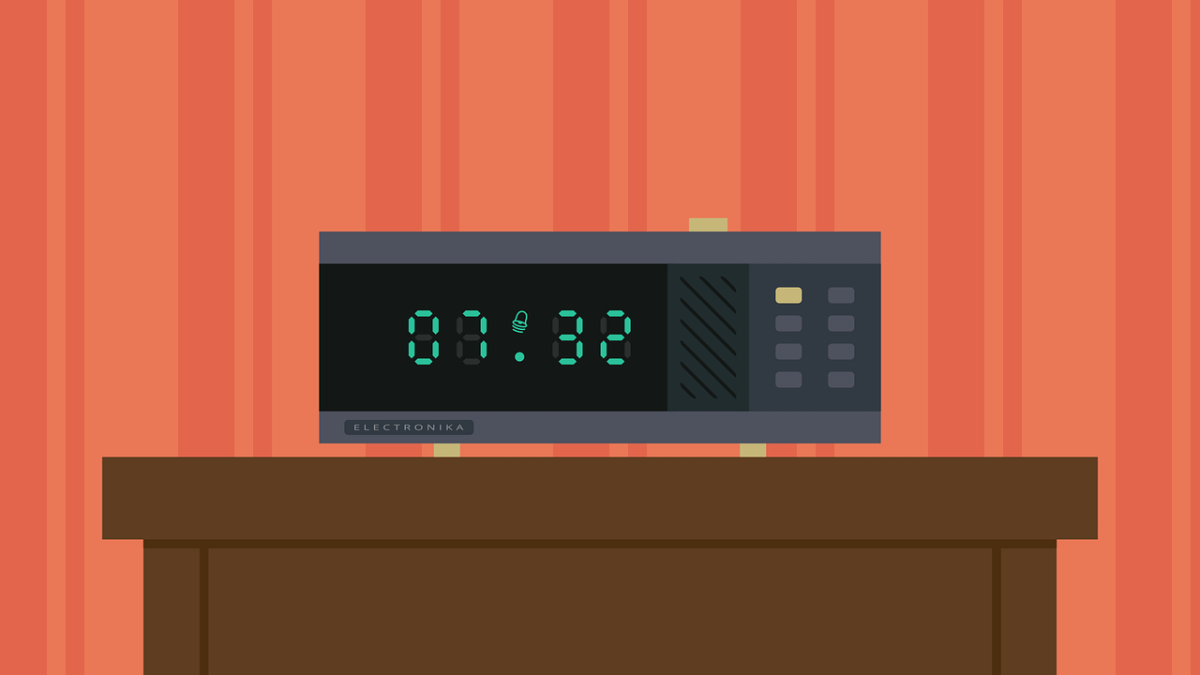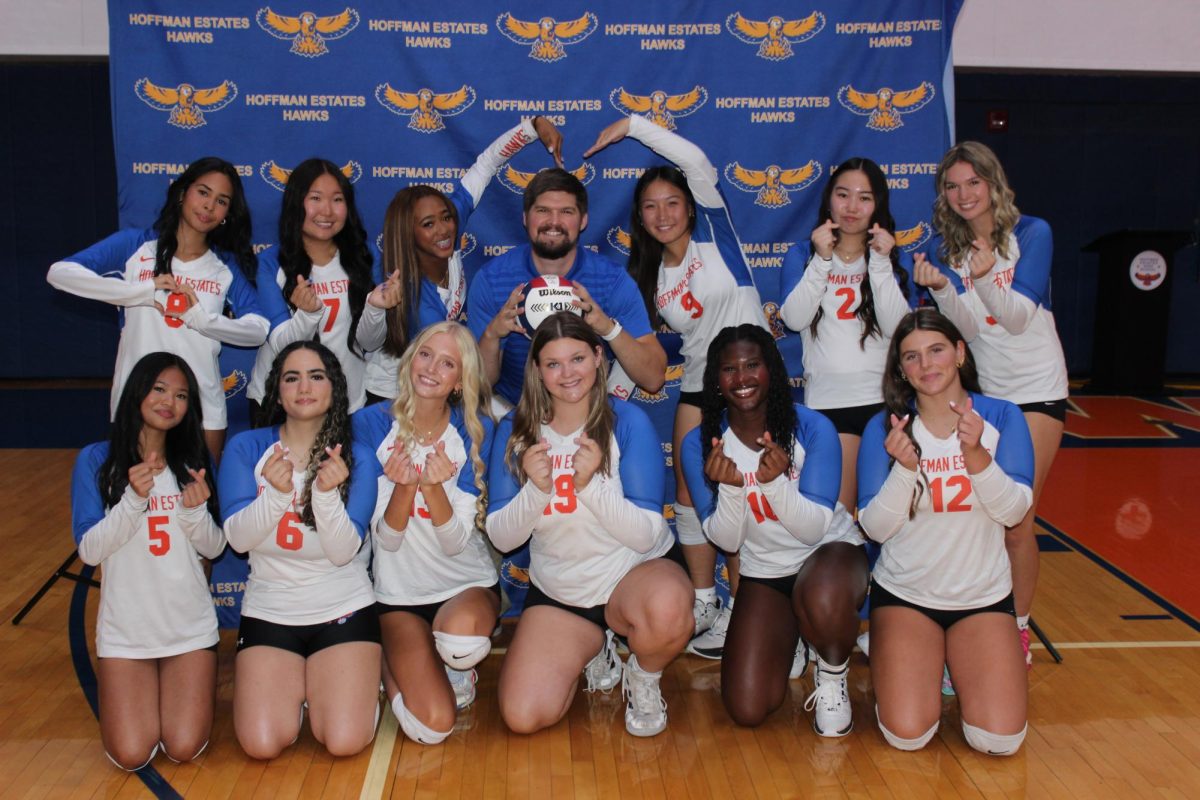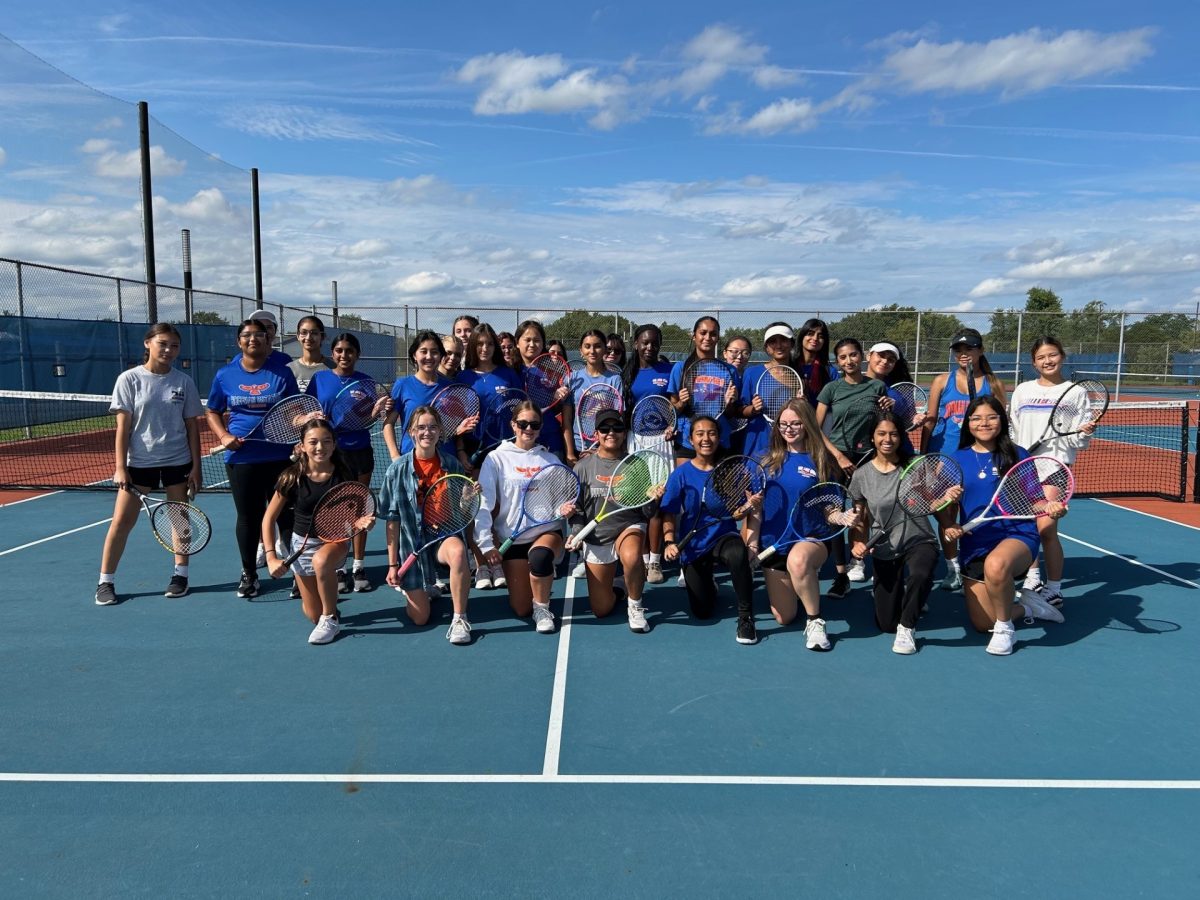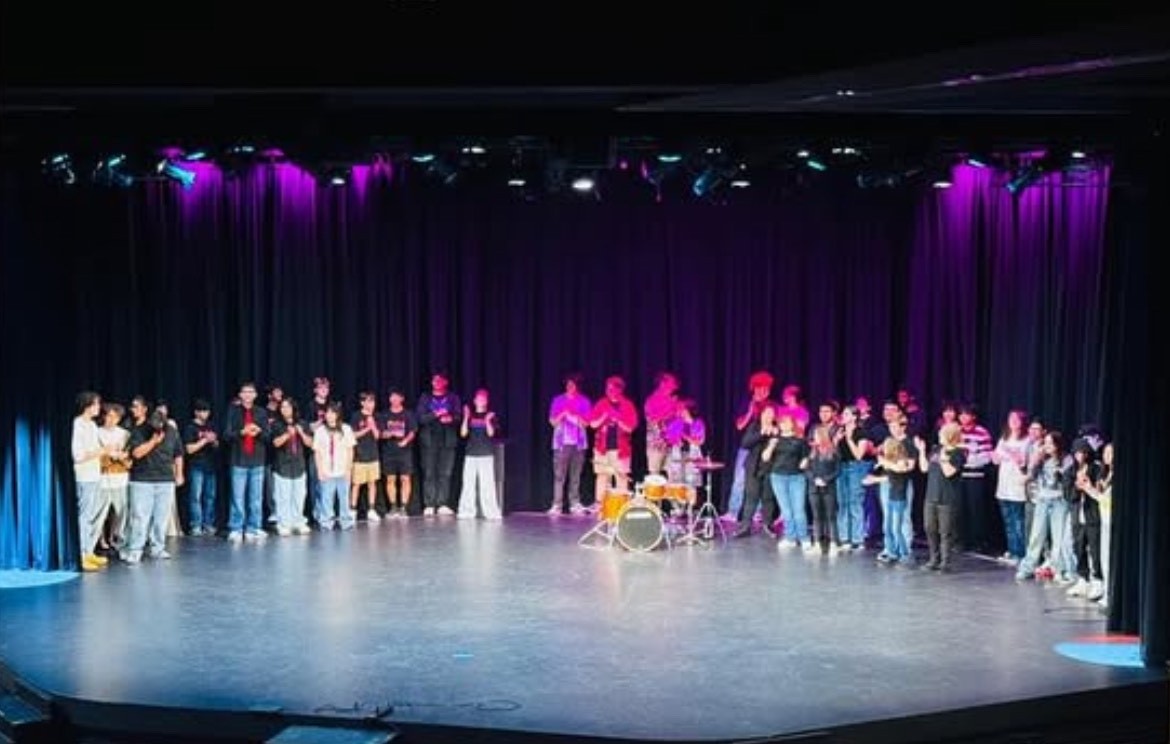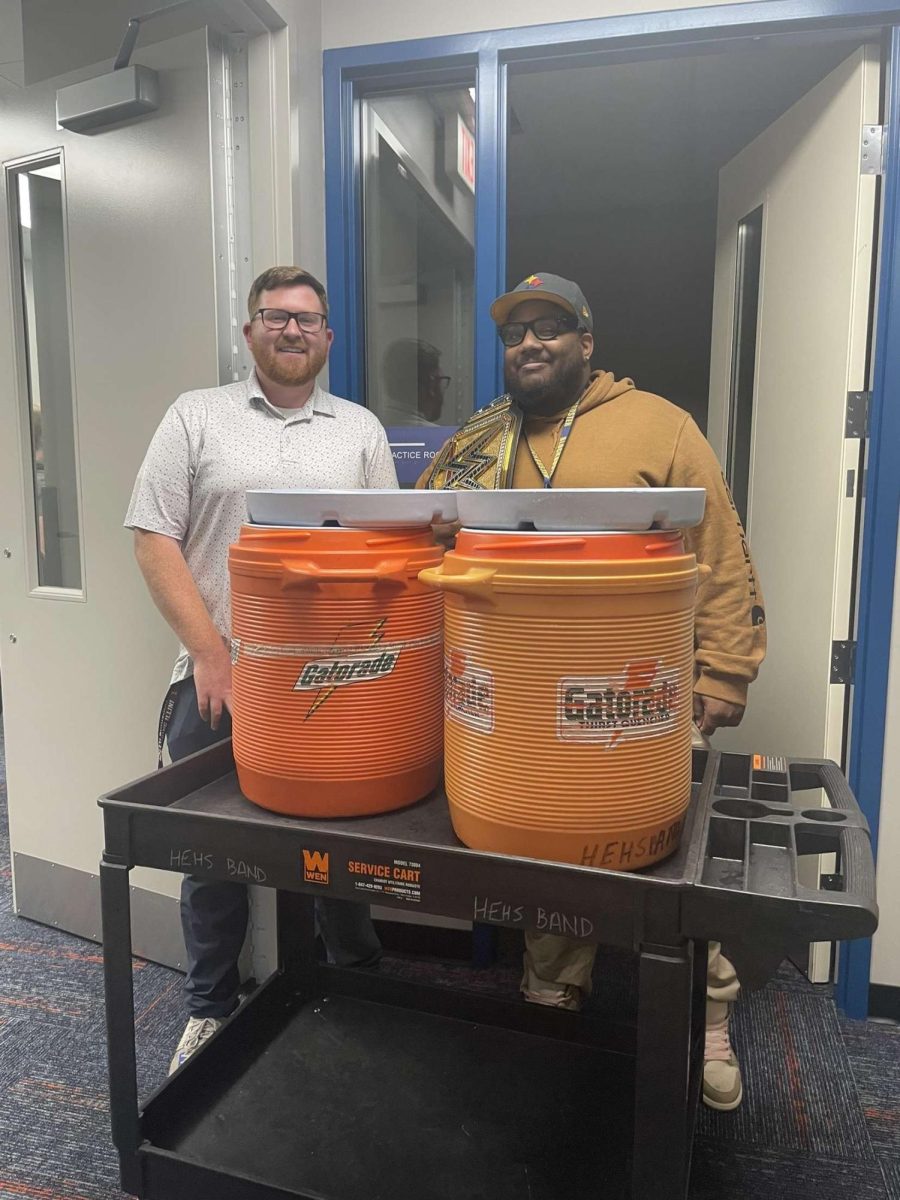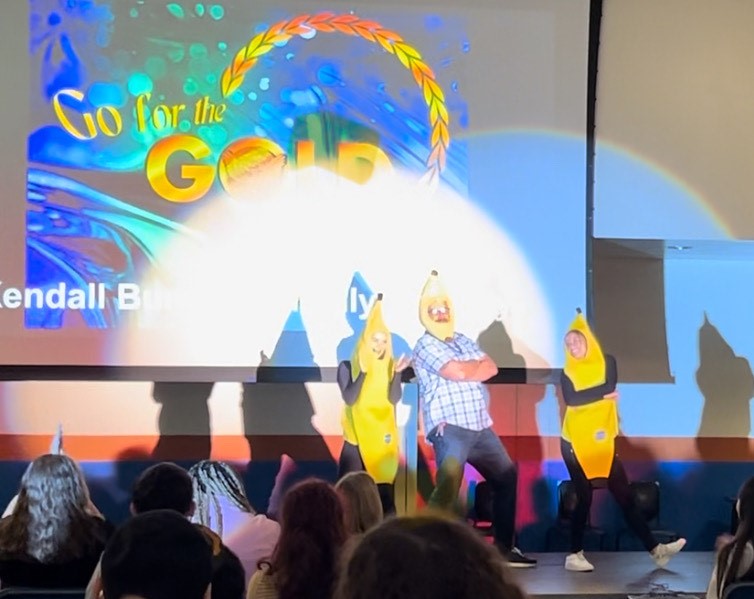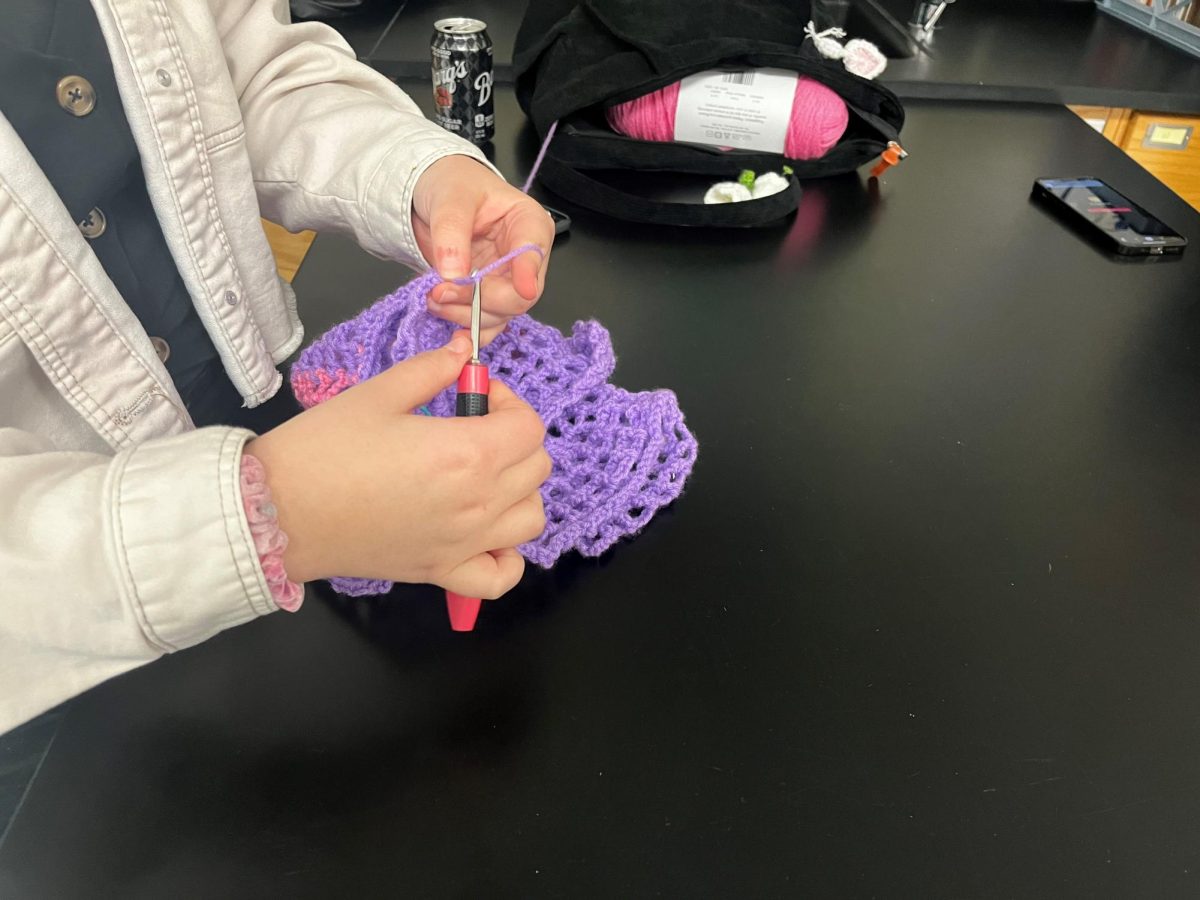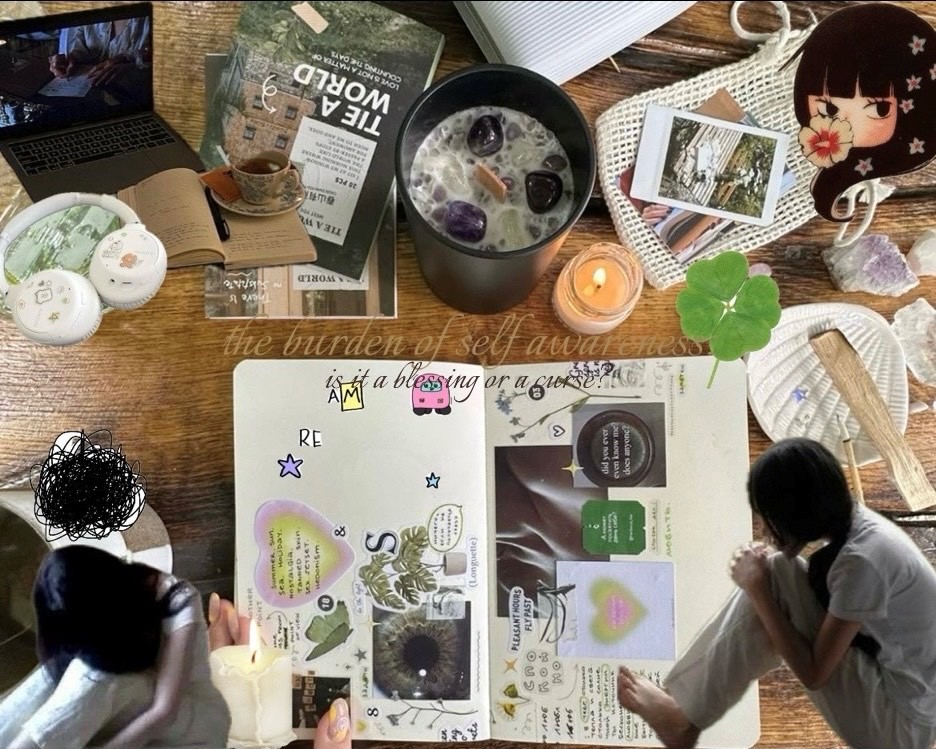Artificial intelligence is increasingly present in schools, and ChatGPT is one of the most widely used examples. Developed by OpenAI, ChatGPT is a conversational system that generates human-like text in response to prompts. In classrooms, it can provide explanations, assist with writing, and support problem-solving across subjects. The introduction of this technology has raised questions about how students learn, how teachers adapt, and how education itself may change in the presence of advanced AI.
Did you notice anything off about the intro? Is it maybe too polished, too robotic to seem like a real person typed it out? That’s because that’s exactly what it is – an AI output.
The ubiquity of ChatGPT and other AI tools has become undeniable. No matter where you look, people everywhere seem to be embracing the rise of these new digital companions.
Whether it’s the arts, academics, or even just daily tasks, artificial intelligence has wormed its way into everyone’s lives. However, while AI has a greatly advantageous side, the world must work to make sure that it does not replace people’s ability to think critically and make independent decisions.
Across the school, students have been finding tricks and strategies to use AI to help them study more effectively and efficiently.
“I never use ChatGPT for English or creative tasks, since it’s not a real person. I do use it for math, ask questions when I’m confused,” said Isha Cherukumilli, sophomore.
At Hoffman, ChatGPT is a prevalent resource for both students and teachers. With it comes a struggle to balance the use of AI and our own brains. However, teachers have started to implement it more into their lessons, and students have begun to use it to help them study.
“This year, my math teacher made us do a whole thing with ChatGPT, asking questions like ‘May I use you for help?’ Using Chat was more common with my math teachers,” said Brianna Thakkar, sophomore.
Teachers in math dominated subjects, such as calculus or computer science, have embraced the features and tools that ChatGPT provides, while also being cautious when and how students use it
“Something I’ve done to help with this process is I’m going to implement colors – red, green, yellow. So anytime Chat’s not allowed, red. Green, use it. Yellow, you could use it sparingly,” said Jane Bullon, Computer Science teacher, when asked how she has introduced AI to students.
Across the school, students have been finding tricks and strategies to use AI to help them study more effectively and efficiently.
“I never use ChatGPT for English or creative tasks, since it’s not a real person. I do use it for math, ask questions when I’m confused,” said Isha Cherukumilli, sophomore.
In spite of all this, both staff and students are aware of how AI can harm independent and critical thinking, creating a dependence on it.
“I feel like people are just too dependent… They ask AI the most basic questions,” said Thakkar.
Many also express dissatisfaction with the mistakes that AI makes, making small errors or even changing up what the user typed in.
“Sometimes, it’s not always accurate, and sometimes completely off. I’ll have to continuously talk to it until it finally understands what I’m saying, which is really time consuming,” said Cherukumilli.
However, the school as a whole keeps striving to adapt to and effectively use artificial intelligence, as it continues to become more and more of a staple in everyone’s life.
Since the birth of the first AI model, the public has fought over the ethicality and efficiency of machine learning programs, and the ramifications of their widespread use. Many people see AI as a positive, a convenient resource that benefits individuals in all fields and spaces. On the other hand, others flat out condemn the utilization of AI, seeing it as a danger to humans’ very way of thinking and processing, as well as a threat to jobs and other occupations still held by people rather than machinery.
As worries of an AI takeover and praises of its technological advances circle around the Internet, it seems that everyone can agree that, instead of rushing to our AI companions whenever we encounter a problem, we can put our brains to work once in a while.

